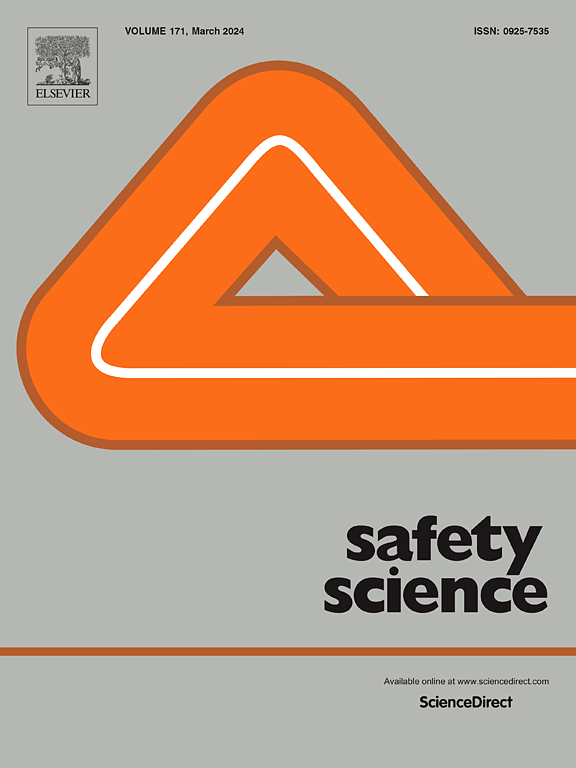Hearing loss in miners exposed to high noise levels: A systematic review and meta-analysis of the last 10 years
IF 4.7
1区 工程技术
Q1 ENGINEERING, INDUSTRIAL
引用次数: 0
Abstract
Background
Mining workers are frequently exposed to noise levels exceeding recommended limits, leading to noise-induced hearing loss (NIHL), a major occupational disease worldwide. This study aimed to assess the relationship between miners’ hearing loss and exposure to high noise levels.
Methods
A systematic review and meta-analysis following the PRISMA guidelines was conducted using PubMed, Scopus, and Web of Science for articles published between 2014 and 2024. The Joanna Briggs Institute (JBI) tools were used to evaluate the methodological quality of the studies. Heterogeneity was calculated using the I2 index and publication bias using Egger’s test.
Results
A total of 15 studies were included in this systematic review. 40% were conducted in African countries, with South Africa being the country with most studies. 80% of the studies made no mention of the type of mine, while only 20% specified whether they were open-pit or underground mines. 67% of the studies considered the age of the workers as a risk factor for Hearing Loss (HL), while 33% made no mention of this variable. Regarding the sex of the participants, 67% of the studies evaluated samples that included both men and women, 20% did not specify the sex of the subjects, and 13% only included men. Notably, in 33% of the studies, male sex was associated with an increased risk of HL.
Conclusions
Findings highlight the need for extended rest periods, improved hearing monitoring, increased involvement of audiologists in noise control, and better training for miners on protective measures. These steps could help mitigate noise exposure and reduce HL among mining workers.
暴露于高噪音水平的矿工听力损失:近10年的系统回顾和荟萃分析
采矿工人经常暴露在超过建议限度的噪声中,导致噪声性听力损失(NIHL),这是世界范围内的一种主要职业病。这项研究旨在评估矿工听力损失与暴露于高噪音水平之间的关系。方法采用PubMed、Scopus和Web of Science对2014 - 2024年间发表的文献进行系统评价和meta分析,遵循PRISMA指南。使用乔安娜布里格斯研究所(JBI)的工具来评估研究的方法学质量。异质性采用I2指数计算,发表偏倚采用Egger检验。结果本系统综述共纳入15项研究。40%是在非洲国家进行的,其中南非是进行研究最多的国家。80%的研究没有提到矿山的类型,而只有20%的研究指明了它们是露天矿山还是地下矿山。67%的研究认为工人的年龄是听力损失(HL)的危险因素,而33%的研究没有提到这一变量。关于参与者的性别,67%的研究评估的样本包括男性和女性,20%没有指定受试者的性别,13%只包括男性。值得注意的是,在33%的研究中,男性与HL风险增加有关。结论:需要延长休息时间,改善听力监测,增加听力学家在噪声控制中的参与,并对矿工进行更好的保护措施培训。这些步骤可以帮助减少噪音暴露,减少矿工的HL。
本文章由计算机程序翻译,如有差异,请以英文原文为准。
求助全文
约1分钟内获得全文
求助全文
来源期刊

Safety Science
管理科学-工程:工业
CiteScore
13.00
自引率
9.80%
发文量
335
审稿时长
53 days
期刊介绍:
Safety Science is multidisciplinary. Its contributors and its audience range from social scientists to engineers. The journal covers the physics and engineering of safety; its social, policy and organizational aspects; the assessment, management and communication of risks; the effectiveness of control and management techniques for safety; standardization, legislation, inspection, insurance, costing aspects, human behavior and safety and the like. Papers addressing the interfaces between technology, people and organizations are especially welcome.
 求助内容:
求助内容: 应助结果提醒方式:
应助结果提醒方式:


